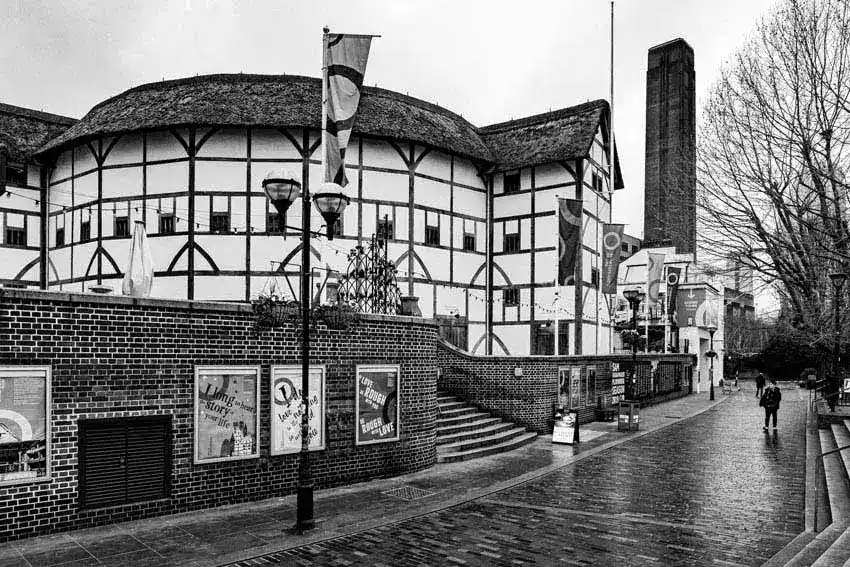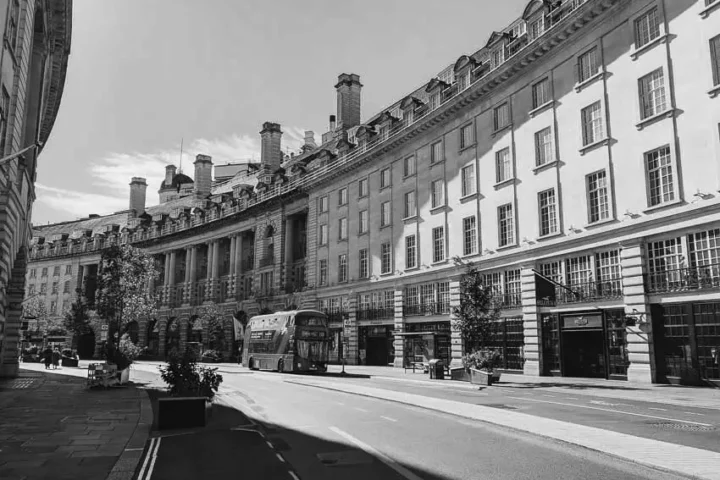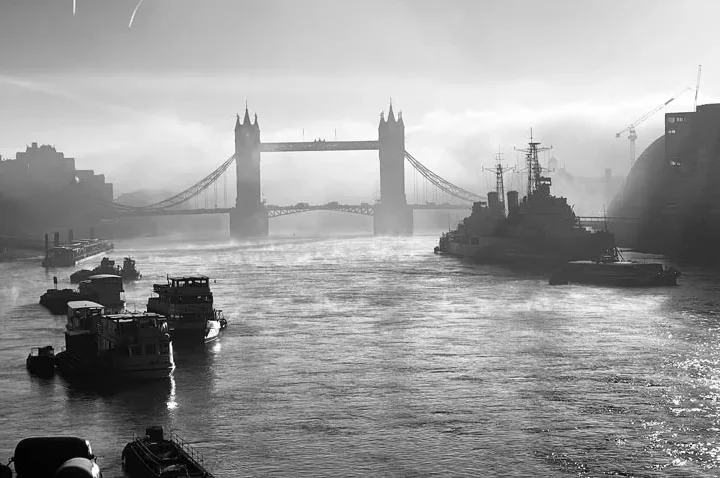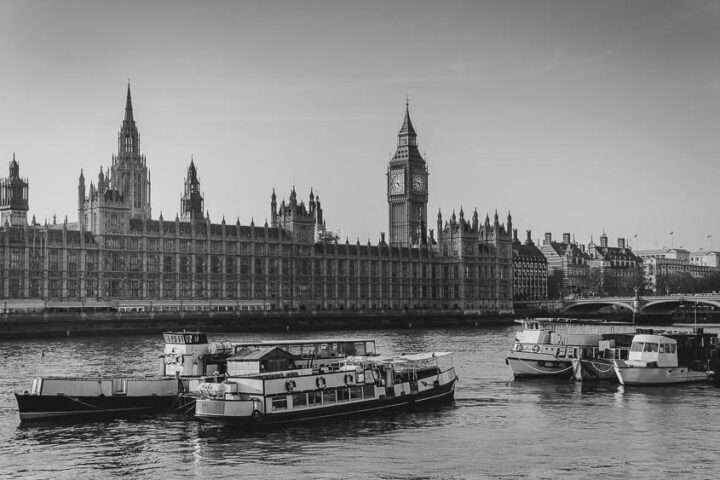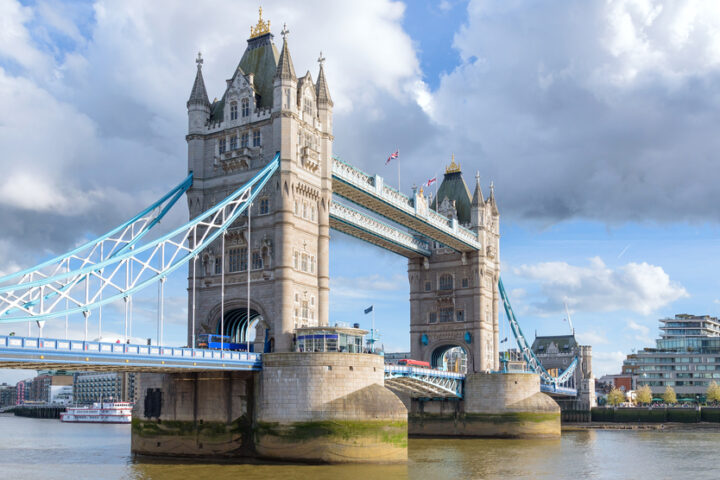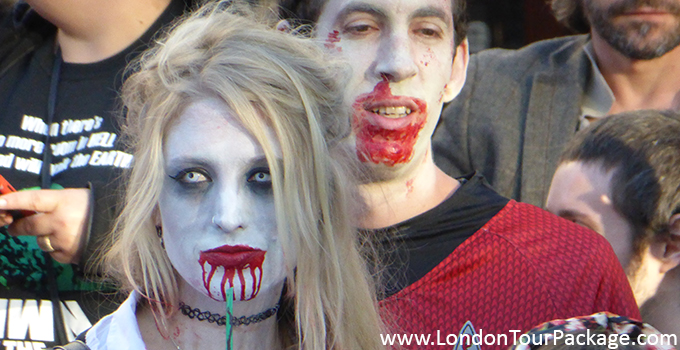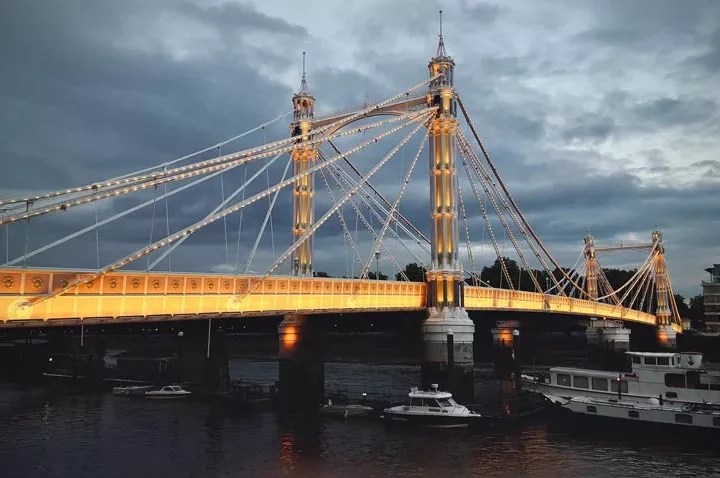When Henry VII took the throne in 1485, the population of the city of London was about 75,000. By 1600 that figure rose to 200,000. London under the Tudors was prosperous and full of activity city.
Henry’s son Henry VIII made Whitehall Palace the principal royal residence in the city, and after Cardinal Wolsey “gave” Hampton Court to Henry, that palace became a countryside retreat for the court.
During Henry’s Dissolution of the Monasteries, the 13 religious houses in London were either converted for private use or destroyed for building materials. All that now remains are the names they gave to areas of the city, such as Whitefriars and Blackfriars.
Many areas that are now London Parks were used as Royal hunting forests during the Tudor period. Richmond Park served this purpose, and so did Hyde Park, Regent’s Park, and St. James Park which we all see daily currently.
An international exchange was founded by the mercer Thomas Gresham in 1566 to enable London to compete for financial power with Amsterdam. This became the Royal Exchange in 1560 and is now housed in a massive Victorian building beside the Bank of England Museum in Mansion House Square. If you want to see this great building hop on either Circle or the district line Westbound to Mansion House tube station.
After the reorganization, theatres were banned in the city of London, but it wasn’t for religious objections to the play’s contents. Rather, the city authorities (read guilds) thought they wasted workmen’s time.
Instead of theatres disappearing, they moved across the Thames to Southwark, outside the authority of the city government. Southwark became the entertainment district of London (it was also the red-light area of that time).
The Shakespeare’s Globe Theatre was built on the South Bank in 1599, though it burned down in 1613. A modern replica, also called the Globe has been built near the original site. Southwark was also a favourite area for entertainment, like bull and bear-baiting.
Unfortunately, many of London’s Tudor buildings were destroyed in the Great Fire of 1666, so it is difficult to get a real sense of what the city was like at that time.

